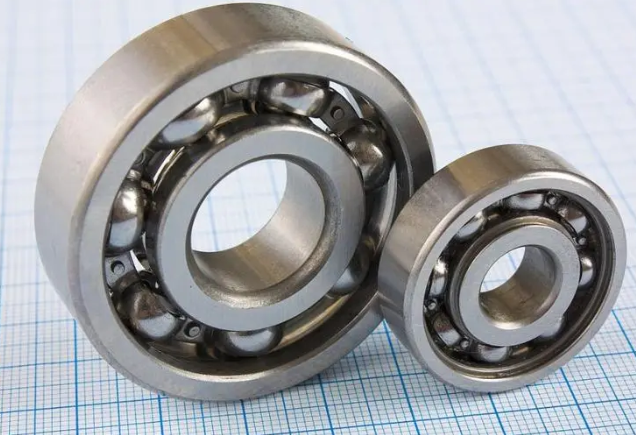Explain in detail the types and uses of zinc alloys
Release time:2023-10-26
Explain in detail the types and uses of zinc alloys

The strength and hardness of zinc itself is not high, but it has suitable mechanical properties, so after alloy with casting-china.com' target='_blank'>aluminum, copper and other components, its strength and hardness are greatly improved, especially the comprehensive mechanical properties of zinc copper titanium alloy have been close to or reached the level of casting-china.com' target='_blank'>aluminum alloy, brass, gray cast iron, and its creep resistance has also been greatly improved. Therefore, using its superior superplastic properties, zinc alloys are widely used in the production of medium pressure castings and various parts in the automotive and mechanical industries. At the same time, zinc plates containing a small amount of lead, cadmium and other elements can be made into printed zinc plates, powder corrosion photographic plates and offset printing plates.
Because of its excellent physical properties, zinc alloys are usually used in many places, so what are the types of zinc alloys? Will zinc alloy products rust?
Zinc alloy will not rust, and zinc alloy die casting surface multi-layer plating, to keep the product smooth and beautiful.
Zinc alloys are alloys based on zinc mixed with other elements. Common alloying elements are aluminum, copper, magnesium, cadmium, lead, titanium and other low-temperature zinc alloys. Zinc alloy has low melting point, good fluidity, easy welding, brazing and plastic processing, corrosion resistance in the atmosphere. There are still a lot of sanitary ware, kitchen utensils, bathrooms and other products on the market are based on zinc alloy as raw materials.
The traditional die-casting zinc alloy has 2, 3, 4, 5, 7 alloy, and 3 zinc alloy is widely used at present. In the 1970s, high-aluminum zinc-based alloys ZA-8, ZA-12 and ZA-27 were developed.
Zamak 3: Good fluidity and mechanical properties.
It is applied to castings with low mechanical strength, such as toys, lamps, decorations, and some electrical parts.
Zamak 5: Good fluidity and good mechanical properties.
It is used in castings with certain requirements for mechanical strength, such as auto parts, electromechanical parts, mechanical parts, electrical components.
Zamak 2: Used for mechanical parts with special requirements for mechanical properties, high hardness requirements, good wear resistance and general dimensional accuracy requirements.
ZA8: It has good impact strength and dimensional stability, but poor fluidity.










